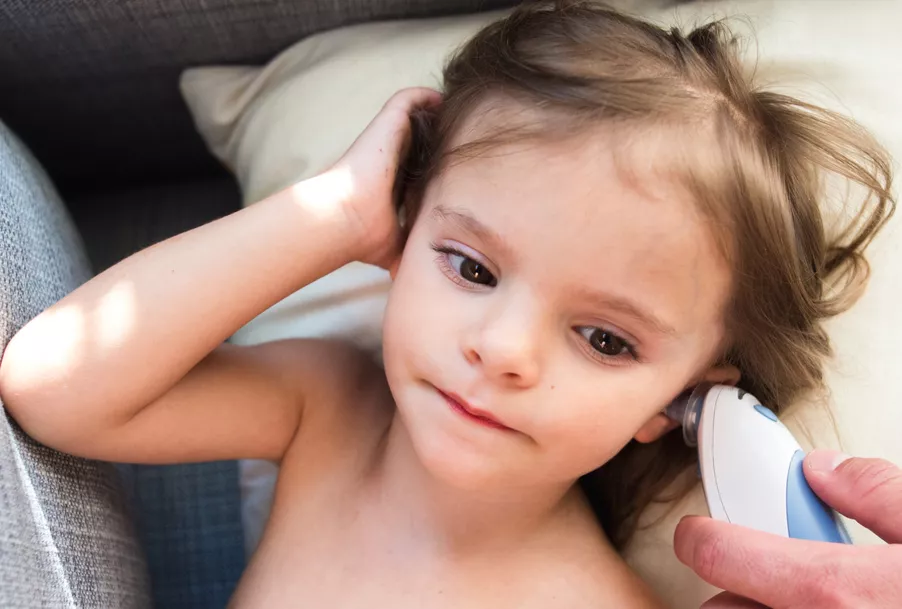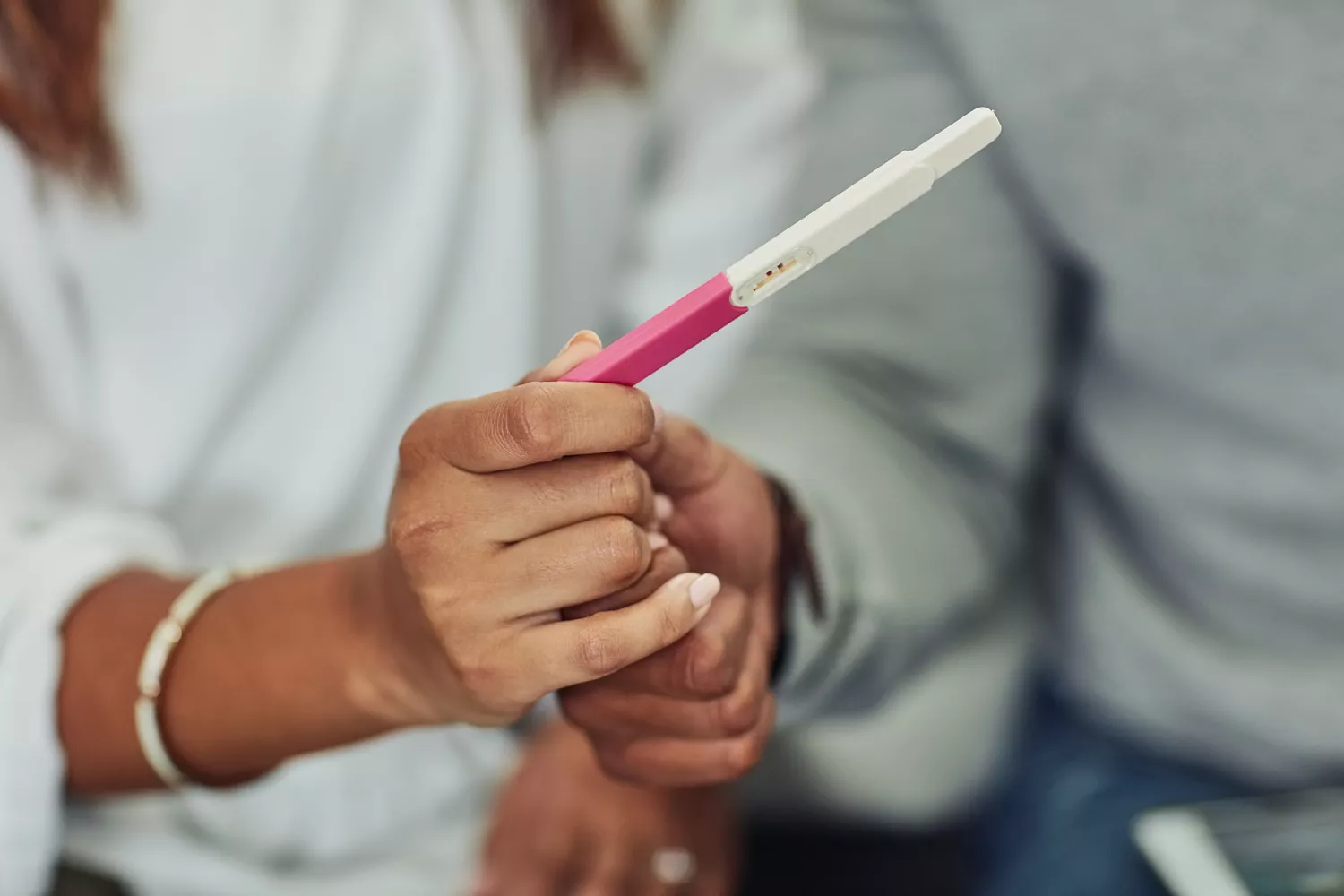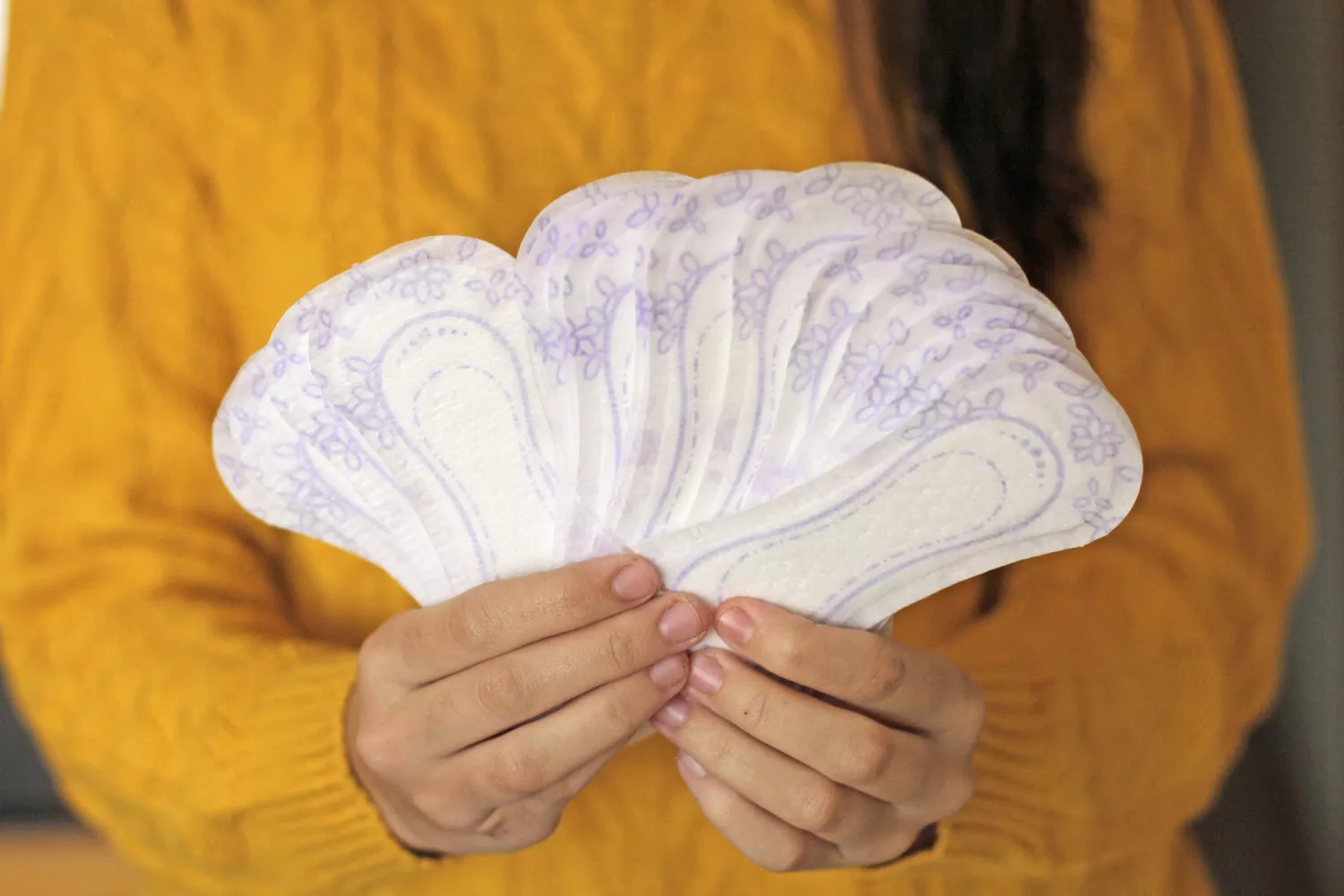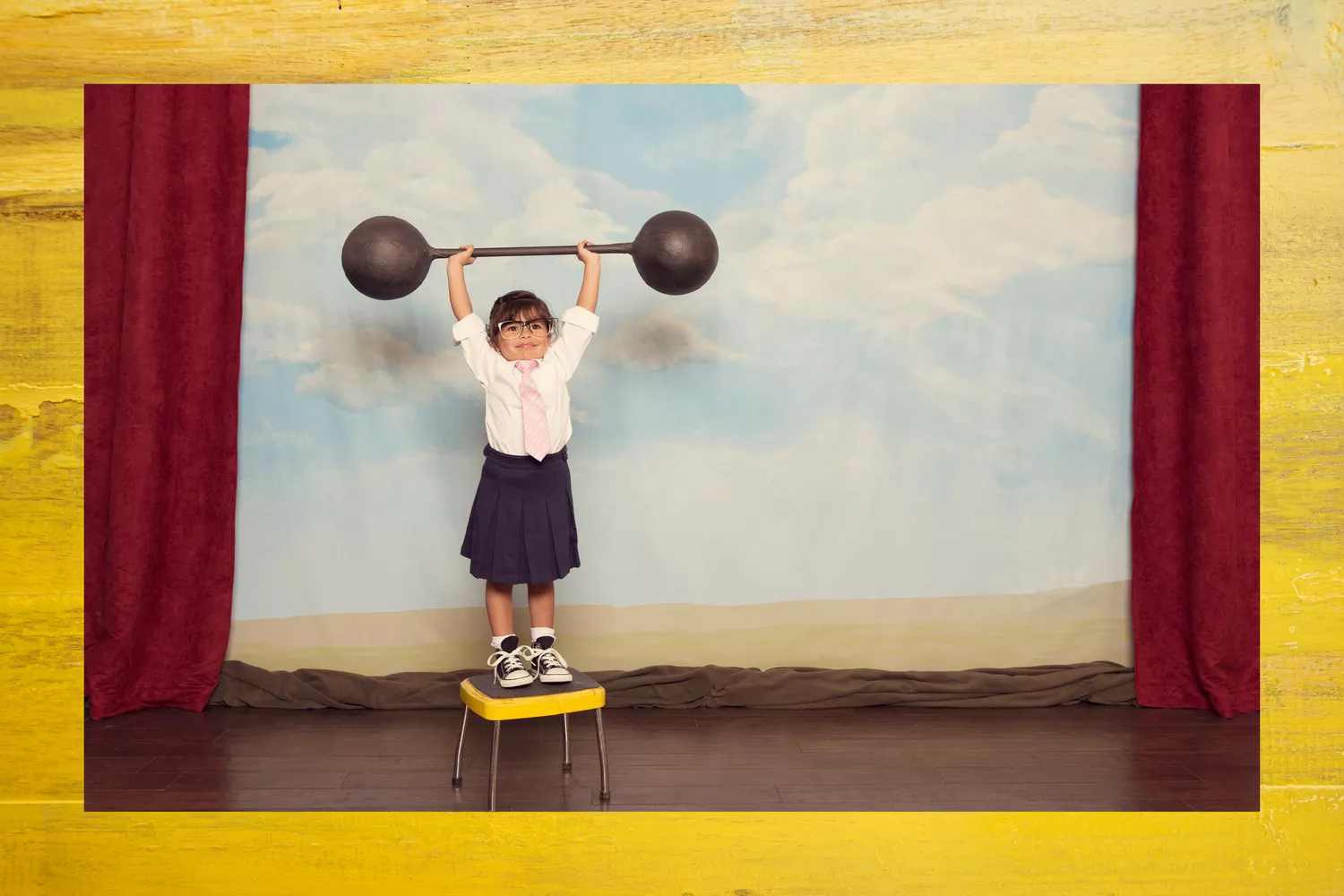What is considered a fever in babies, toddlers, and children?


Children get fevers often. There are many reasons for your child to experience a high temperature. From teething, to fighting an infection, there are a variety of causes. When should you give your child medication or take them to a doctor? What is a fever?
7 Types Of Thermometers – The Best Way to Take A Temperature
Emily Wisniewski is a board certified pediatrician at Mercy Medical Center Baltimore. She provides comprehensive care to children from birth through adolescence. Shelby House, a Compass Health Network outpatient nurse, also shared her experiences with pediatric patients.
What is a Fever
Fever is the body’s normal reaction to an infection. A healthy body temperature ranges from 98.6deg F to 102deg F. However, this can vary. Anything higher than 100.4deg F (38deg C) is considered a fever by medical providers.
What causes fever in infants and children?
During childhood, most children and infants will have fevers. Dr. Wisniewski says that these causes can be classified into two groups.
Common causes
Dr. Wisniewski says that fevers can be caused in many ways. Most commonly, these are infections, such as viruses or bacteria. These infections can cause a variety of illnesses in children, from the common cold to influenza. House adds that she sees the most common childhood illnesses in her work: “Usually, the infections we see can come from anywhere on the body. But, the most common infections in children are infections of the respiratory tract, ear infections or urinary track infections.”
Rare Causes
Your infant or toddler may overheat if they have too many blankets, covers, or other coverings on their bed. This can cause their body temperature to rise. Teething fevers are also possible, but they tend to be mild and short-lived. Rare diseases like cancer and rheumatological illness can cause fevers.
What are the signs of fever in infants and children?
The symptoms of fever in children and infants can vary according to your child’s actual age. These include, but aren’t limited to:
- High body temperature
- Infants and newborns who cry non-stop or inconsolably
- You notice that your child seems unusually lethargic or sleepy, even after a good night’s sleep.
- Unknown rash, headaches or body aches
- Excessive diarrhea or vomiting, or seizures
House says that a fever of 100deg F or more is a common sign of fever. Parents will bring their children in if the child is flushed and not eating well or drinking enough.
How Can You Tell If Your Child Is Fever-Sick?
The temperature of your child can vary depending on the location where it is taken. Be on the lookout not only for an elevated body temperature but also for other symptoms such as flushed or irritated skin, a drop in activity, and an increased heart rate.
Is a temperature of 99 degrees considered a fever
Readings above 99deg Fahrenheit are considered low grade because body temperatures vary from person to person, and where the reading is taken can affect it. It’s also important to know that doctors consider body temperatures above 100.4 degrees Fahrenheit to be a fever.
How is the threshold of a fever measured?
Yes, in a nutshell. There are many different ways to measure your child’s body temperature. The thresholds will vary depending on the method used. Follow the age-specific guidelines when deciding on how to take your child’s temperature.
Armpit : A temperature above 99 degrees Fahrenheit is considered fever. It is safe to use this method for children of any age but particularly younger ones.
Ears: Any reading above 100.4deg Fahrenheit is considered fever. This method can be used with children who are six months or older.
Oral This method is used to diagnose fever in children aged four and older.
Rectal : The most accurate method to take your child’s temp is using this method. Fever is defined as a temperature of 100.4, deg Fahrenheit, or more. It is commonly used on children aged three and under.
Temporal: If your child is four or older, you can read the temperature on their forehead. Fever is defined as a temperature above 100.4deg Fahrenheit.
Know when to be concerned about high fevers in infants and children
Parents worry when their children seem sick, because they can’t tell what is wrong. When should you be concerned about fever in infants and children?
“Any baby under two months of age should be examined by a physician.” “Fevers in this age range can be an indication of a serious illness, and should be treated immediately in the emergency room,” states Dr. Wisniewski. The visit could include viral testing, x rays, blood, spinal fluid and urine. She adds that it’s crucial not to give any medication to these babies.
What is the best treatment for infants and children with fever?
The age of the child is the most important factor. As stated above, infants younger than two months should be treated by their doctor. For older children and babies, however, the best treatment is different.
Dr. Wisniewski explains that it’s not as important to rush babies between two months and six months old to the doctors. As long as your child acts like them and drinks well, you can give Tylenol to make him more comfortable. She also suggests that if the fever does not subside in two to three days you should consult your pediatrician.
What To Do If Your Baby Has A Fever
Dr. Wisniewski advises parents to alternate different medications for babies older than 6 months. You can choose between Tylenol or Motrin at this age. Call your pediatrician if your child doesn’t seem to be improving in a couple of days, or if they appear unwell. Along with medication, ensuring your child is well rested and hydrated can help them recover.











